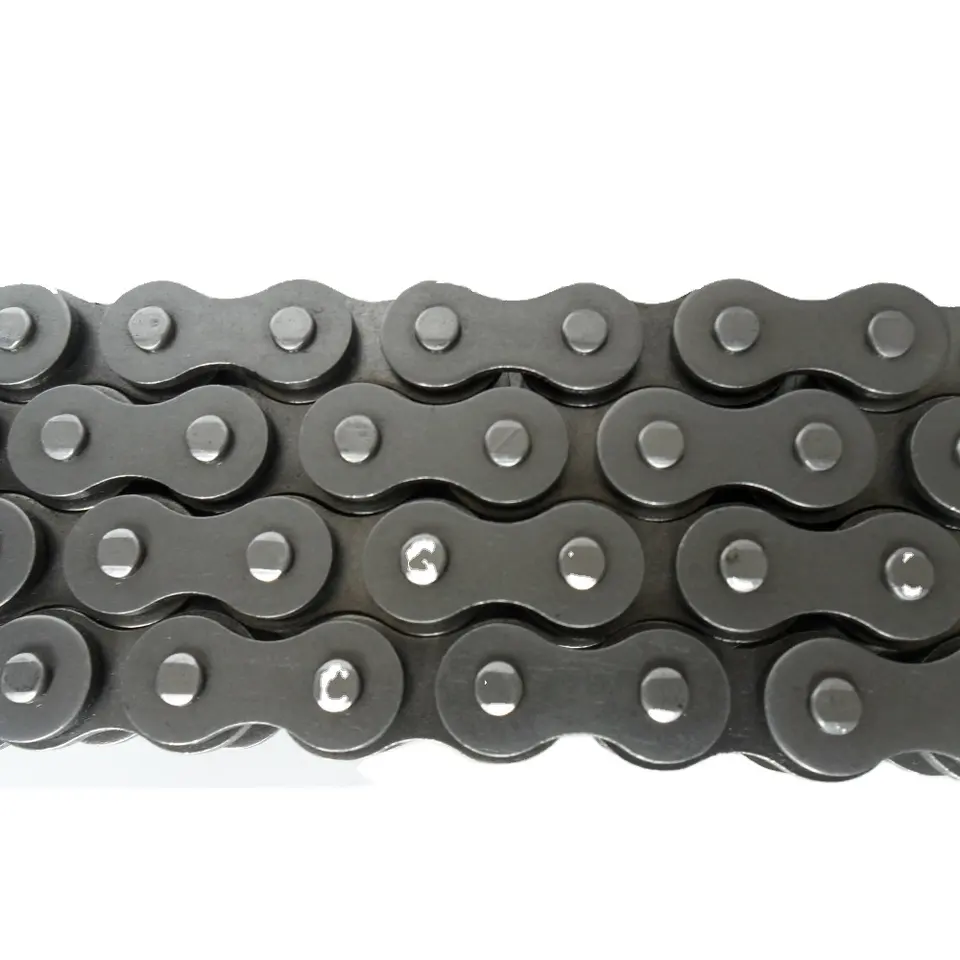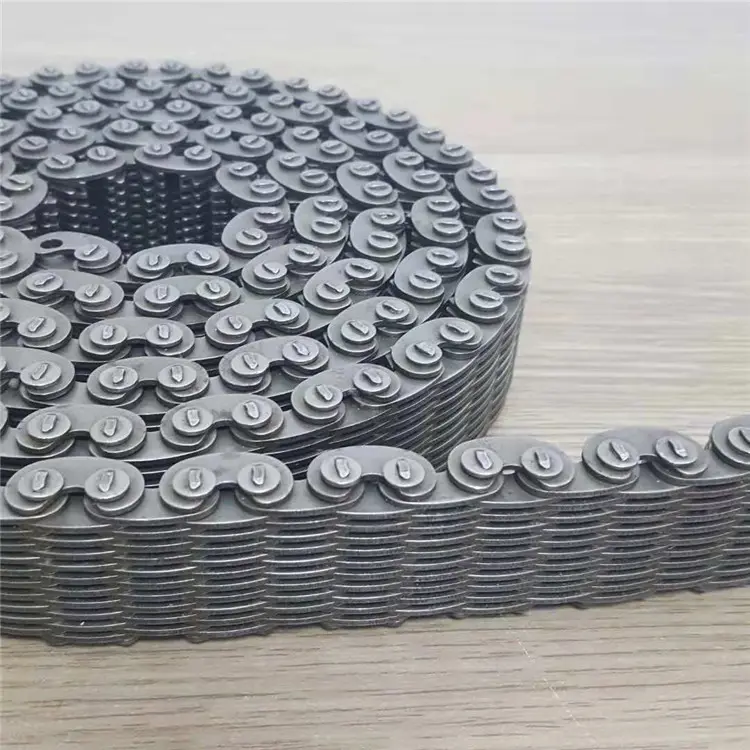Product Description
| Engine | Cummins |
| Model | RIVER-200 |
| Operating weight | 27460kg |
| Standard bucket capacity | 0.93m³ |
| Total width | 4420mm |
| Total height | 3880mm |
| Max. unloading height | 10400mm |
| Max. CHINAMFG depth | 5310mm |
| Max. reach | 10000mm |
ZheJiang River Machinery Co., Ltd. is 1 of Chinese earliest companies that devoted to design and produce of river dredging equipment. With many years business experience ahead the amphibious excavator industry. We have our own R & D, production, sales and engineering teams. We have many years of construction experience in river dredging, environmental development, pipeline construction, our goal is to continuously earn complete customer satisfaction by supplying top quality, defect-free product on time, and to be the leading solution provider of amphibious excavator and dredging equipment with continuous improvement and well maintenance backup services. Our trusted customer covers more than 50 cities all over China, as well as overseas clients in Poland, Russia, Africa, Indonesia and other countries.As for excavator transportation, due to the large volume of machinery and equipment, we usually take the way of disassembling and assembling large parts of the equipment and transport them in containers or frame cabinets to ensure the convenience and safety of the transportation of products. Parts includes amphibious excavator upper body, pontoon undercarriage, long reach boom, buckets, spud position pile etc.
| After-sales Service: | Video Technical Support, Spare Parts |
|---|---|
| Warranty: | 1 Year |
| Type: | Crawler Excavator |
| Usage: | Special Excavator, Marine Excavator, Mining Excavator |
| Bucket: | Shovel |
| Transmission: | Hydraulic Transmission |
| Customization: |
Available
| Customized Request |
|---|

How do you troubleshoot common issues with motor chains?
Troubleshooting common issues with motor chains involves identifying the root cause of the problem and taking appropriate corrective actions. Here are some common issues that can occur with motor chains and the steps to troubleshoot them:
1. Chain slipping or jumping: If the motor chain slips or jumps on the sprockets, it can indicate insufficient tension, worn-out sprockets, or a damaged chain. Check the tension of the chain and adjust it according to the manufacturer’s recommendations. Inspect the sprockets for signs of wear or damage and replace them if necessary. Additionally, examine the chain for any damaged or worn-out links and replace the chain if needed.
2. Excessive noise: Excessive noise from the motor chain can be caused by various factors such as misalignment, lack of lubrication, worn-out components, or improper tension. Inspect the chain for any misalignment issues and adjust the alignment if necessary. Ensure that the chain is properly lubricated using the recommended lubricant. Check for any worn-out or damaged components and replace them as needed. Adjust the chain tension to the proper specifications.
3. Chain binding or jamming: If the motor chain binds or jams during operation, it can be due to misalignment, debris accumulation, or insufficient lubrication. Check for any misalignment and adjust the alignment of the chain and sprockets if required. Clean any debris or foreign particles that may have accumulated on the chain or sprockets. Ensure proper lubrication of the chain to minimize friction and improve smooth operation.
4. Chain wear and elongation: Excessive chain wear and elongation can lead to poor performance and decreased efficiency. Regularly monitor the chain for signs of wear and measure its elongation using a chain wear gauge. If the wear exceeds the manufacturer’s recommendations, it is advisable to replace the chain with a new one.
5. Insufficient lubrication: Inadequate lubrication can cause increased friction, wear, and premature failure of the motor chain. Check the lubrication system and ensure that the chain is properly lubricated with the recommended lubricant. Adjust the lubrication frequency or method if necessary to ensure optimal lubrication.
When troubleshooting motor chain issues, it is important to refer to the manufacturer’s guidelines and recommendations. If the problem persists or if you are unsure about the appropriate troubleshooting steps, it is recommended to consult a professional or the chain manufacturer for further assistance.

Can a motor chain handle heavy loads?
Yes, motor chains are designed to handle heavy loads in various applications. Here are some factors to consider:
1. Chain Strength: Motor chains are available in different strength ratings, typically measured in terms of their maximum allowable tension or breaking strength. It is important to select a motor chain with a strength rating suitable for the anticipated loads in your application. Chains with higher strength ratings can handle heavier loads.
2. Chain Material: Motor chains are commonly made from high-strength steel or alloy materials that provide excellent durability and load-bearing capacity. The choice of material depends on the specific application requirements, including the expected load, environmental conditions, and any regulatory standards.
3. Chain Design: Motor chains designed for heavy-load applications often have robust construction features to enhance their load-carrying capabilities. These may include larger pitch sizes, thicker plates, hardened components, and precision manufacturing. The design ensures that the chain can withstand the forces and stresses associated with heavy loads.
4. Lubrication: Proper lubrication is essential for motor chains handling heavy loads. It helps reduce friction and wear, ensuring smooth operation and extending the chain’s service life. Adequate lubrication also prevents overheating and corrosion, which can negatively impact the chain’s load-carrying capacity.
5. Sprocket Design: The sprockets that engage with the motor chain also play a crucial role in handling heavy loads. Sprockets should be designed to evenly distribute the load across the chain and provide reliable engagement. Robust and properly sized sprockets ensure that the chain can effectively transmit the heavy loads without excessive wear or failure.
When considering a motor chain for heavy-load applications, it is important to consult the manufacturer’s specifications and guidelines. They can provide detailed information on the chain’s load-carrying capacity, including factors such as tensile strength, working load limits, and recommended safety factors. Proper chain selection, regular maintenance, and adherence to load limitations are key to ensuring safe and efficient operation under heavy loads.

How do you select the right motor chain for a specific motor?
When selecting a motor chain for a specific motor, there are several factors to consider. Here is a step-by-step guide:
1. Determine the motor specifications: Start by understanding the motor’s power rating, speed, and torque requirements. This information will help you choose a motor chain that can handle the motor’s power output and torque demands.
2. Identify the application requirements: Consider the specific application in which the motor will be used. Determine if the motor will be subjected to high loads, high speeds, or harsh environmental conditions. This will help you select a motor chain that is suitable for the application’s demands.
3. Determine the chain type: Motor chains come in various types, including roller chains, silent chains, bush chains, and more. Each chain type has its own characteristics and performance capabilities. Select a chain type that aligns with the requirements of the motor and application.
4. Calculate the chain size: Determine the required chain size based on the motor’s power and torque requirements. Consider factors such as pitch size, roller diameter, and number of chain links. Manufacturers typically provide chain size charts or calculation tools to assist in selecting the right chain size.
5. Consider the environmental factors: Take into account the environmental conditions in which the motor will operate. If the motor is exposed to moisture, chemicals, high temperatures, or other harsh elements, choose a motor chain with appropriate corrosion resistance, temperature resistance, and durability.
6. Consult manufacturer recommendations: Consult the motor manufacturer’s recommendations or specifications to identify any specific requirements or restrictions for motor chains. They may provide guidance on compatible chain types, lubrication requirements, and maintenance recommendations.
7. Evaluate cost and availability: Consider the cost and availability of the selected motor chain. Evaluate factors such as initial cost, maintenance requirements, and the availability of spare parts or replacements.
By considering these factors and conducting thorough research, you can select the right motor chain that matches the motor’s specifications, application requirements, and environmental conditions. It is recommended to consult with motor and chain manufacturers or industry experts for further guidance and assistance.


editor by CX 2023-10-31